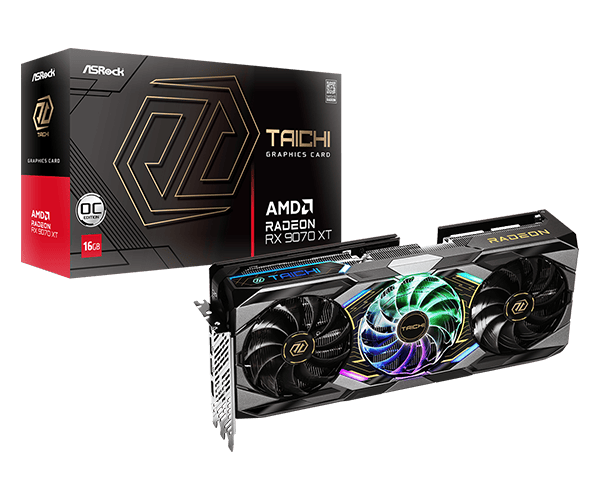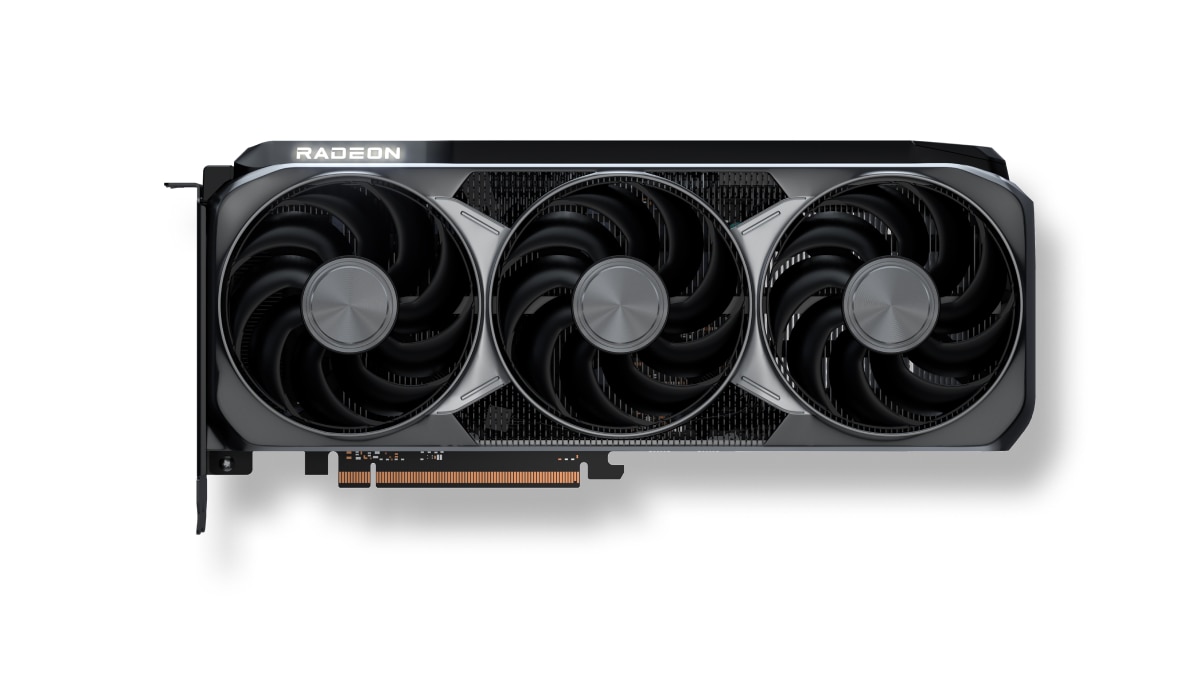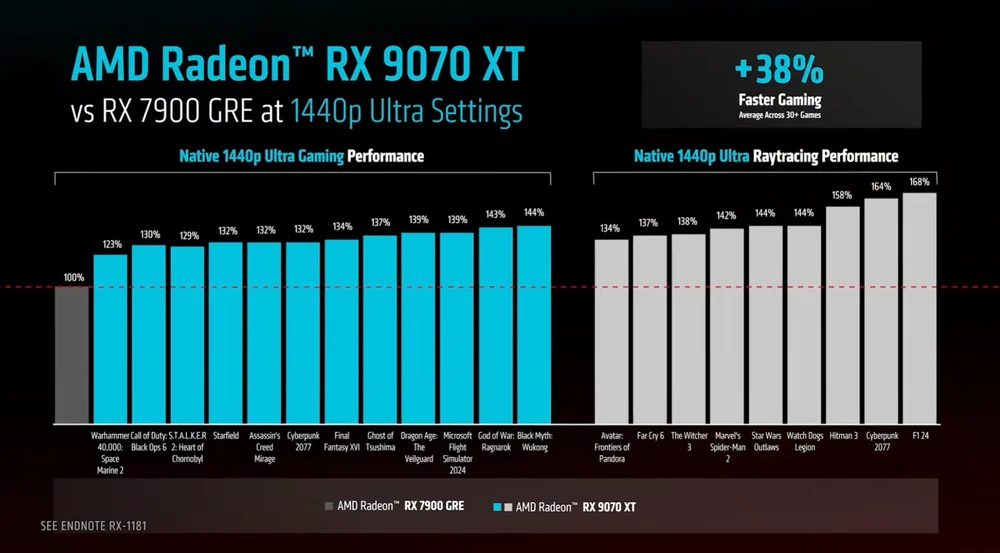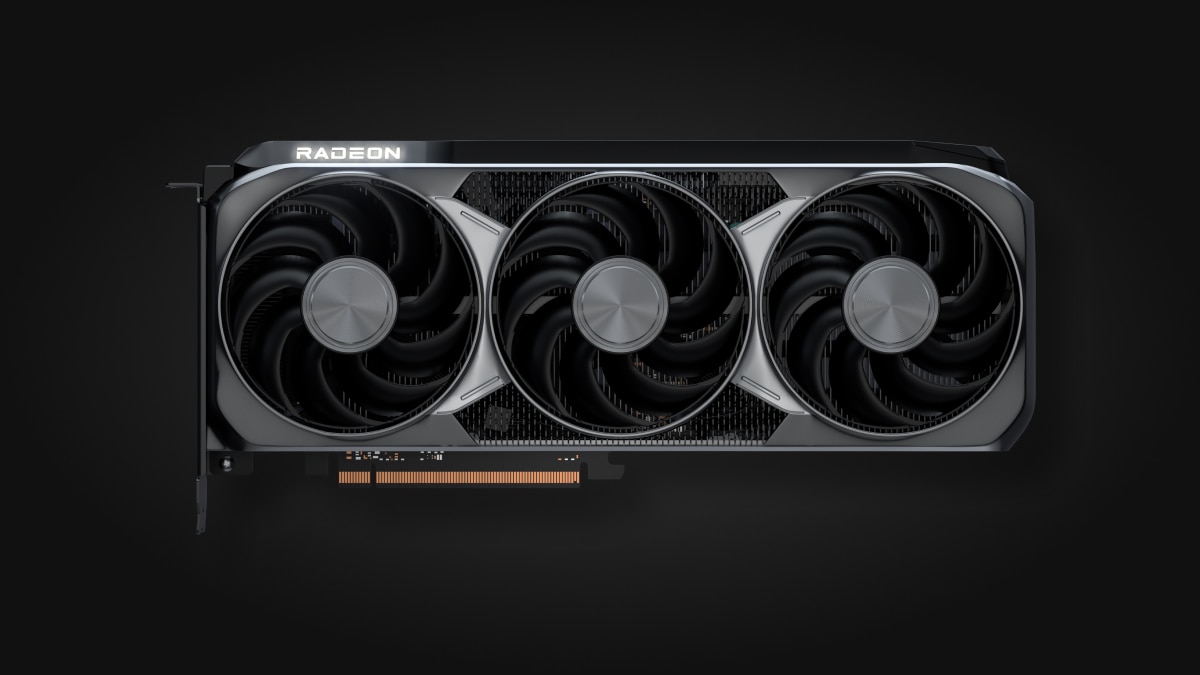Getting your hands on a new Radeon RX 9070 XT has become a nightmare for many PC enthusiasts. As launch day approached, online stores sold out within seconds as bots and scalpers grabbed inventory faster than actual gamers could click “buy now.” The RX 9070 XT, which reportedly offers performance about 10-12% better than Nvidia’s RTX 5070 at the same price point, has become nearly impossible to purchase at retail prices.
The frustration feels especially sharp given AMD’s promises about this card. With improvements to ray tracing that finally bring AMD closer to Nvidia’s capabilities, gamers were eager to upgrade. But instead of enjoying new hardware, many find themselves refreshing out-of-stock pages or facing marketplace listings with prices marked up by 50% or more.

This situation highlights a continuing problem in the GPU market. Despite AMD positioning the 9070 series as a value alternative to Nvidia’s offerings, actual availability at recommended prices remains elusive. For those still hoping to upgrade, the coming weeks may determine whether AMD can increase production enough to meet demand or if scalpers will continue to control access.
A Familiar Story: Gamers vs. Scalpers
The launch of AMD’s Radeon RX 9070 XT was supposed to be an exciting moment for gamers and PC enthusiasts looking for a powerful upgrade. Instead, it turned into yet another frustrating example of scalpers exploiting the system. Within minutes of release, the graphics card was out of stock at major retailers, only to resurface on resale platforms at exorbitant prices.
For those who had been eagerly anticipating the RX 9070 XT as a budget-friendly alternative to the flagship 9090 XT, the experience felt all too familiar. Many gamers, already burnt by past GPU shortages, had hoped that the industry had learned its lesson. But with scalpers and bots still dominating the market, those hopes were quickly dashed.
MSRP vs. Reality: A Huge Price Gap
AMD had set the MSRP of the RX 9070 XT at $599, positioning it as a strong contender in the mid-to-high-end GPU segment. But for most buyers, that price tag was nothing more than a fantasy. Almost immediately after launch, listings for the card started popping up on eBay, StockX, and other reseller sites for prices exceeding $1,000, in some cases reaching as high as $1,499.
Scalpers took advantage of automated bots to scoop up inventory the moment it became available. Even consumers who waited on retailer sites and refreshed their pages the second the card was released were left staring at “Out of Stock” notifications. This rapid sellout fueled anger across gaming forums and social media, with many calling for stronger anti-scalping measures.

Retailers and AMD Respond—But Is It Enough?
Following the backlash, some retailers attempted to combat the scalping problem by implementing queue-based purchasing systems and stricter purchase limits. Best Buy and Newegg, for example, temporarily limited orders to one per customer, while AMD assured buyers that more stock was on the way.
AMD also emphasized that the RX 9070 XT’s $599 MSRP wasn’t just a launch-day price, pushing back against fears of artificial scarcity driving long-term price inflation. However, that assurance meant little to customers who were unable to secure a card at launch.
The Scalping Problem Isn’t Going Away
While companies claim they’re working to curb scalping, the reality is that resellers remain a major force in the GPU market. The situation echoes previous launches of in-demand hardware, from PlayStation 5 consoles to Nvidia’s RTX 30 and 40 series GPUs.

The underlying issue? Scalpers use bots to buy in bulk before real consumers even get a chance. This practice has plagued the industry for years, and without stronger intervention from manufacturers and retailers, it’s unlikely to change anytime soon.
What Can Buyers Do?
For those still hoping to get their hands on an RX 9070 XT at a fair price, the best approach is patience. Here are a few strategies:
- Sign up for retailer alerts – Some stores restock in waves, and notifications can give you an edge.
- Consider pre-built PCs – Some OEMs bundle GPUs into complete systems, which scalpers are less likely to target.
- Wait for restocks – AMD has promised continued production, so avoiding scalper prices may just be a matter of time.
- Monitor alternative sellers – Some smaller PC hardware stores may get stock later, avoiding the rush.
The Frustration Continues
The RX 9070 XT launch has left many gamers disheartened. While AMD’s pricing strategy seemed promising, the real-world availability of the card has turned it into yet another cautionary tale of scalpers dominating the market.
With the demand for high-performance GPUs still strong, it remains to be seen whether AMD, retailers, or even lawmakers will take serious action against scalping practices. Until then, gamers hoping for an affordable upgrade may have to settle for the waiting game—or pay the price set by scalpers.
Key Takeaways
- The Radeon RX 9070 XT offers approximately 10-12% better performance than comparable Nvidia cards at similar price points.
- Scalpers and automated bots continue to prevent many genuine customers from purchasing new graphics cards at retail prices.
- AMD has made significant improvements to ray tracing performance in the 9000-series, bringing their technology more in line with Nvidia’s capabilities.
The Escalating Battle Against Scalpers and Bots
The fight against scalpers has intensified as graphics card launches continue to be plagued by instant sellouts and price gouging. Both consumers and retailers are struggling to adapt to an environment where automated purchasing systems can clear inventory in seconds.
Identifying the Challenges for Genuine Buyers
Genuine buyers face multiple obstacles when trying to purchase new graphics cards like the Radeon RX 9070 XT. The moment these cards become available, bots can complete purchases faster than humans can click “add to cart.”
One frustrated Reddit user mentioned saving up for the card and waking up early, only to find all stock gone within seconds. This scenario has become all too common.
Price gouging compounds the problem. Cards initially priced at manufacturer’s suggested retail price (MSRP) quickly appear on resale sites at drastically inflated prices. Some RX 9070 XT cards originally priced more affordably now sell for around $1,499 on secondary markets.
Most genuine buyers simply can’t compete with:
- Automated purchasing bots
- Scalper networks with multiple accounts
- Real-time inventory tracking tools
- Auto-checkout systems
Strategies Employed by Retailers to Counter Scalping
Retailers have implemented various anti-scalping measures with mixed success. Many now use virtual queuing systems during high-demand launches to create a more orderly purchasing process.
CAPTCHA verification has become standard but sophisticated bots can often bypass these systems. Some retailers have adopted more advanced approaches:
- Purchase limits (one card per customer)
- Address verification systems
- Credit card verification checks
- Randomized stock drops
- Invitation-only purchasing programs
Several stores require in-person pickup for high-demand items, effectively eliminating remote scalping operations. Bundle deals that package GPUs with other components can discourage scalpers seeking quick profits.
Despite these countermeasures, the cat-and-mouse game continues. As soon as retailers implement new protections, scalpers develop new methods to circumvent them.
Anticipated Performance of the Radeon RX 9070 XT
The Radeon RX 9070 XT represents a significant leap in AMD’s graphics card lineup, offering competitive mainstream performance at a price point that has caught the attention of both enthusiasts and scalpers.
Technical Specifications Overview
The RX 9070 XT comes equipped with AMD’s latest RDNA architecture, providing substantial improvements in power efficiency and raw computing capability. Based on the search results and current industry knowledge, the card delivers highly competitive performance that targets mainstream gamers seeking high framerates at 1440p resolution.
The card features:
- Memory: 12GB GDDR6
- Power Requirements: Moderate TBP (Total Board Power)
- Display Outputs: Multiple DisplayPort 2.1 and HDMI ports
- Ray Tracing: Enhanced ray tracing capabilities over previous generations
What makes the 9070 XT particularly appealing is its performance-to-price ratio. Before scalping issues, AMD positioned this card to compete directly with Nvidia’s offerings while providing better value.
Comparative Analysis With Previous Generations
The RX 9070 XT shows marked improvements over its predecessors in the 6000 and 7000 series. Performance benchmarks suggest it delivers 30-40% better framerates in modern games compared to the previous generation.
An interesting discovery from the search results indicates that the standard RX 9070 can approach the XT variant’s performance with minor power adjustments. As mentioned in the Ars Technica review, “By bumping the regular RX 9070’s TBP up just a bit, you can nudge it closer to 9070 XT-level performance.”
When compared to Nvidia counterparts, the 9070 XT appears to hold its own in rasterization performance. However, specific strengths include:
- Better performance per watt
- Competitive frame generation technology
- Strong performance in DirectX 12 and Vulkan titles
This positions the card as an excellent upgrade for gamers still using 5000 or 6000 series cards.
Frequently Asked Questions
Retailers, manufacturers, and consumers continue to navigate the challenging landscape of GPU availability amid widespread scalping activities targeting the Radeon RX 9070 XT.
What measures are retailers taking to combat scalpers and bots?
Many online retailers have implemented CAPTCHA verification systems to distinguish between human buyers and automated bots. These systems help filter out non-human purchasing attempts.
Some stores now limit purchases to one GPU per customer address or payment method. This prevents bulk buying by scalpers.
Several major retailers have also created queue systems or lottery-based purchasing options. Newegg, for example, uses a shuffle system where interested buyers enter a drawing for the chance to purchase high-demand items.
How does the scalping of the Radeon RX 9070 XT impact average consumers?
Scalping forces consumers to either pay inflated prices or wait months for restocks. With scalpers listing GPUs at 1.5-2x the $549.99 MSRP, many gamers and professionals find upgrades unaffordable.
The situation creates frustration and damages trust in the GPU market. Many consumers feel the system unfairly benefits those with automated purchasing tools or significant capital.
Long-term PC building plans get delayed or abandoned. This affects not just individual consumers but the entire PC component ecosystem as related purchases get postponed.
What are the most effective ways to secure a Radeon RX 9070 XT at retail price?
Setting up stock alerts through services like HotStock, NowInStock, or Discord channels dedicated to GPU availability notifications gives buyers crucial time advantages.
Following AMD and major retailers on social media helps catch surprise restocks. Some retailers announce availability through these channels before sending email notifications.
Visiting physical stores remains effective as some retailers reserve stock for in-person purchases. Local computer shops sometimes receive limited quantities that never appear online.
Are there any upcoming restock dates for the Radeon RX 9070 XT?
AMD has not announced specific restock dates for the RX 9070 XT. The company typically provides inventory to retailers on a rolling basis rather than publishing restock schedules.
Most major retailers receive new stock weekly or bi-weekly but sell out within minutes. Industry sources suggest larger shipments may arrive in late March 2025.
Supply chain analysts predict availability will improve by Q2 2025 as manufacturing capacity increases and initial demand surge subsides.
How is the manufacturer responding to the high demand and limited supply of the Radeon RX 9070 XT?
AMD has acknowledged the supply challenges in public statements and promised increased production. The company is working with manufacturing partners to boost output of the new GPUs.
Pricing strategies appear to be shifting, with reports indicating that MSRP might increase after initial launch batches. This approach aims to capture more value directly rather than letting it go to scalpers.
AMD has also partnered with system integrators to ensure pre-built systems have access to cards. This provides an alternative path for consumers who need a complete system upgrade.
Can customers expect any official purchasing limitations to prevent scalping in the future?
AMD is exploring verified buyer programs similar to NVIDIA’s attempts with previous launches. These could require registration with personal details to access purchase opportunities.
Retailer-specific measures like waiting periods between GPU purchases are becoming more common. These policies target repeat purchasers who quickly resell cards.
Hardware validation systems that tie GPUs to legitimate gaming accounts are under consideration. This experimental approach would verify the buyer intends to use the card rather than resell it.







